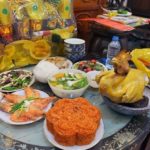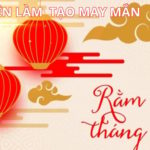Many families visit pagodas to pray for peace, fortune, and health at the beginning of spring, as well as to find solace in their spirituality. When visiting a pagoda at the start of the year, it is important not only to choose an auspicious day, prepare offerings, and dress appropriately, but also to know how to pray properly so that your wishes come true.
Let’s explore the correct way to visit a pagoda and the detailed prayers below!
1 When is the best time to visit a pagoda? Which should be visited first, a temple or a pagoda?
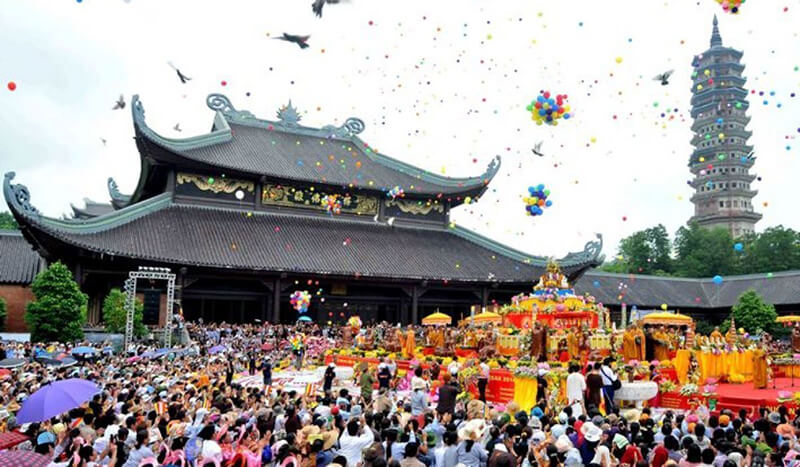 When is the best time to visit a pagoda?
When is the best time to visit a pagoda?
When is the best time to visit a pagoda?
While some people visit pagodas daily, others only do so at the beginning of the year to pray for peace throughout the year. However, each time you visit a pagoda has its own significance.
- Visiting a pagoda on the first day of the month is considered auspicious as it is the start of a new month, and prayers offered on this day are believed to bring peace, good luck, and smooth sailing for the entire month.
- Visiting a pagoda on the full moon day is special because it is when the moon and the sun are clearly visible to each other, allowing gods, ancestors, and the universe to communicate with humans, thus making prayers more powerful and effective.
- Visiting a pagoda during the Lunar New Year is a tradition to pray for peace, good fortune, and success in the coming year.
Which should be visited first, a temple or a pagoda?
- It is a matter of personal preference whether you visit a temple or a pagoda first, as both are equally important and respected. If you wish to pray for good health and fortune for your family at the beginning of the year, visiting a pagoda first is also acceptable.
For more information, see:
2 The order of rituals and how to prepare offerings when visiting a pagoda at the beginning of the year
Order of rituals
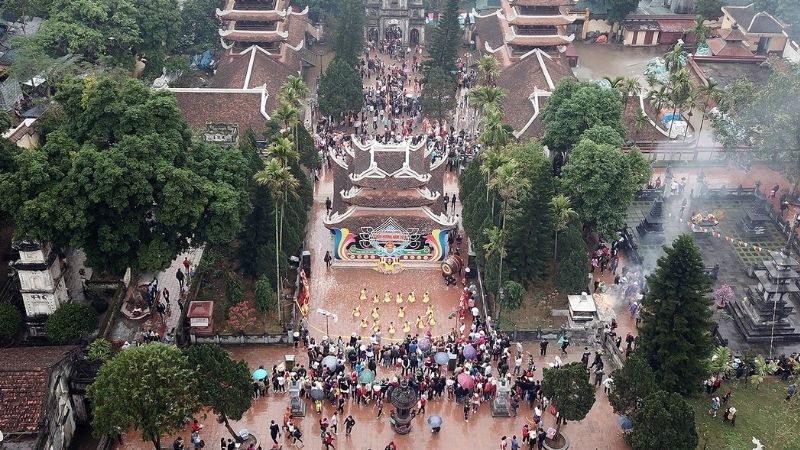 Order of rituals
Order of rituals
Preparing offerings
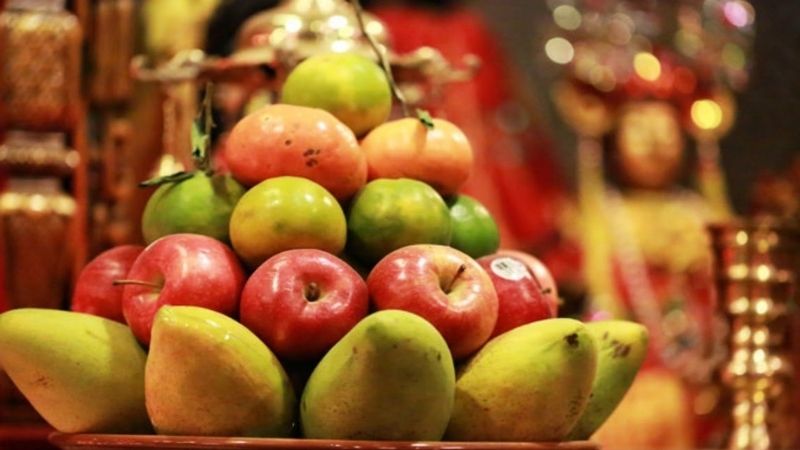 Preparing offerings
Preparing offerings
- When visiting a pagoda during the year, it is customary to bring vegetarian offerings and incense. Vegetarian offerings typically include: layered cakes, fresh fruits, and desserts like chè (a traditional Vietnamese sweet soup), but avoid bringing meat offerings.
- The “Five Fruits” offering should include a variety of fruits such as bananas, apples, grapes, mangoes, dragon fruit, and Buddha’s hand citrons.
- Fresh flowers such as lilies, lotuses, chrysanthemums, and peonies are preferred. Avoid using artificial or wildflowers.
How to arrange offerings at the different altars
- At the altar of the Triple Gem (Buddha, Dharma, and Sangha): The offering should include five items: incense, candles, flowers, fruits, and water. It is not necessary to offer all five items, as a sincere heart is most important. Do not offer real money, gold, or paper offerings, and avoid meat offerings at this altar.
- At the altars of the Mother Goddess, Đức Ông, the Saints, and the Ancestors: Light three sticks of incense and recite your prayers. Depending on your wishes, you can prepare different offerings at these altars.
- At the altars of the German Saints and the Mother Goddess: You may offer tam sinh (a trio of chicken, pork, and sausage) along with gold and silver paper offerings.
For more information, see: Discover the Bình Dương Pagoda of the Hoa People
3 Guidelines for visiting a pagoda properly
 Appropriate attire for visiting a pagoda
Appropriate attire for visiting a pagoda
What to wear when visiting a pagoda?
Pagodas are sacred places of worship, so it is important to dress modestly and appropriately. Here are some guidelines:
- Choose clothing with subdued colors, preferably matching the colors of the Buddhist monks’ robes. This demonstrates respect for the monks while also enhancing your own simplicity and gentleness.
- When visiting sacred places like pagodas and temples, wear a shirt with a collar, a long dress, or a jacket with a lapel for a neat and respectful appearance.
What not to wear?
- Avoid revealing or see-through clothing.
- Refrain from wearing trendy or tight-fitting clothing, such as skinny pants or fake skirts, as they may be considered inappropriate or offensive.
- Do not wear capri pants, skirts, or fishnet tights to a pagoda, as they are not only inappropriate but also disrespectful in a place of worship.
What time of day is best to visit a pagoda?
 You can visit a pagoda in the evening as long as you are sincere
You can visit a pagoda in the evening as long as you are sincere
Is it acceptable to visit a pagoda in the evening? According to pagoda rules, there is no restriction on visiting hours. If you are unable to visit during the day, you may go in the evening as long as you maintain a sincere attitude.
Many people believe that visiting a pagoda on the first day of the month brings peace for the whole year. However, it is important to dress appropriately and behave respectfully when visiting these sacred places.
Which pagoda to visit for praying for fortune, health, or love?
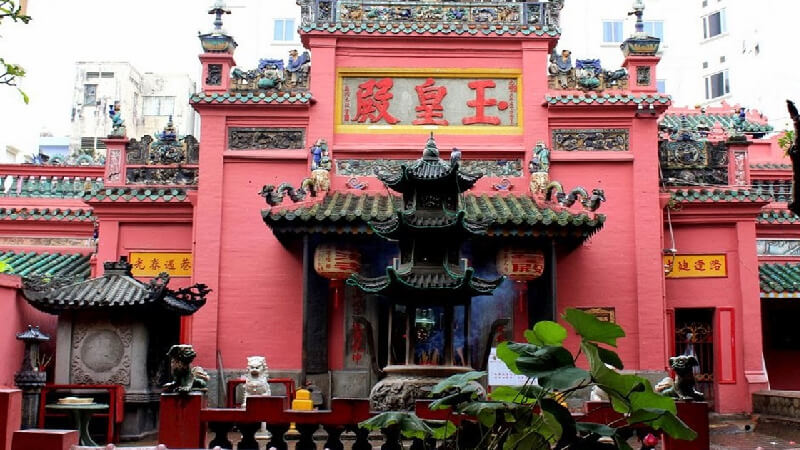 Which pagoda to visit for praying for fortune, health, or love?
Which pagoda to visit for praying for fortune, health, or love?
Below are some suggestions for pagodas commonly visited to pray for fortune, health, and love:
Praying for fortune
-
Ngoc Hoang Pagoda: 73 Mai Thi Luu Street, Da Kao Ward, District 1, Ho Chi Minh City
-
Vinh Nghiem Pagoda: 339 Nam Ky Khoi Nghia Street, Ward 14, District 3, Ho Chi Minh City
Praying for health
-
Phu Quang Pagoda: 21 Huynh Lan Khanh Street, Ward 2, Tan Binh District, Ho Chi Minh City
Praying for love
-
Ba Thien Hau Pagoda: 710 Nguyen Trai Street, Ward 11, District 5, Ho Chi Minh City
-
On Lang Pagoda: 12 Lao Tu Street, Ward 11, District 5, Ho Chi Minh City
If you are facing challenges or bad luck in your love life, discover more spiritual practices for singles.
4 What to pray for when visiting a pagoda?
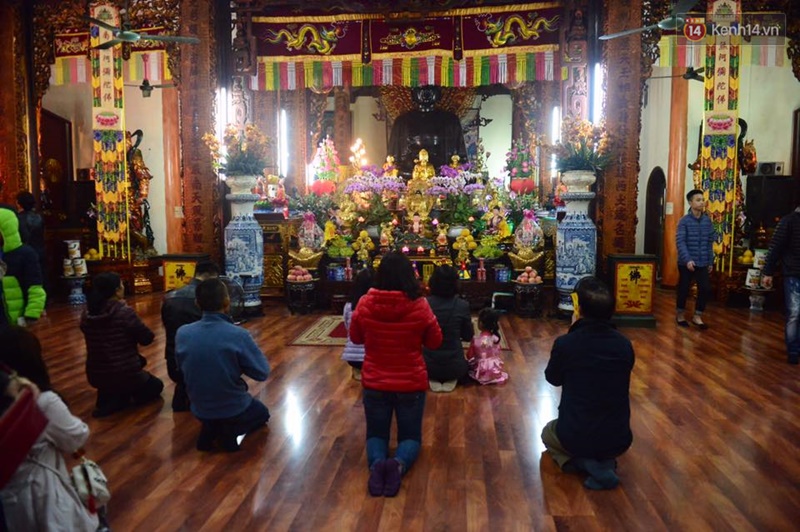
What should you pray for when visiting a pagoda?
People often pray for peace, money, fortune, and success when they visit a pagoda. However, pagodas are sacred places, and the Buddha’s compassion helps people to repent and seek opportunities to improve themselves, rather than granting material or financial wishes.
Therefore, when visiting a pagoda, after reciting your name, date, and address, pray for the Buddha’s protection for the country’s peace and the people’s health and well-being. Pray for enlightenment, good health, academic success for children, family prosperity, and smooth careers. Finally, dedicate your prayers to the deceased and the liberation of all beings in the afterlife.
What not to pray for:
-
Do not pray to make offerings to the Buddhas.
-
Do not promise to offer rice, money, or gold to the pagoda after a certain period.
-
Do not pray to make offerings to the three realms of heaven, earth, and hell.
-
Do not pray for money, wealth, or material possessions, as these are not granted by the Buddha.
5 Prayers for visiting a pagoda
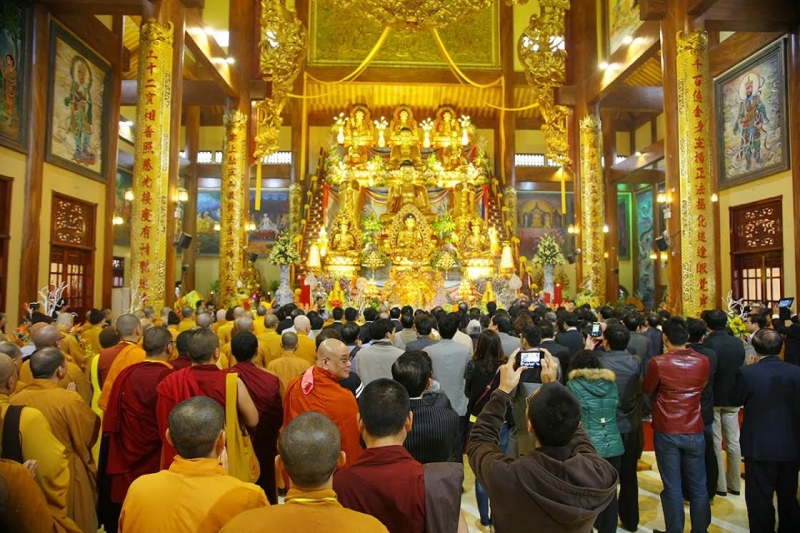 Prayers for visiting a pagoda
Prayers for visiting a pagoda
Prayer for the Buddha
Namo Amitabha Buddha! (3 times, 3 bows)
I bow to the Nine Heavens, the Ten Directions, and the Buddhas of the Ten Directions.
Today is the ……… day of the …….. month of the year …
I, …………………………,
Living at ………………………
Along with my entire family, sincerely offer incense and prayers before the Great Heroine Bodhisattva, where the …….. Pagoda is located, with a sincere heart.
I pray to the Buddha Shakyamuni, the Buddha Amitabha, the Ten Directions Buddhas, the Supreme Buddha Dharma, the Greatly Merciful and Greatly Compassionate Guan Yin Bodhisattva, and the Holy and Wise Sangha.
I, a long-time disciple with heavy karmic obstacles and delusions,
Today, standing before the Buddha, sincerely repent and vow to refrain from evil and cultivate goodness. I pray for the Buddha, the Greatly Merciful and Greatly Compassionate Guan Yin Bodhisattva, the Holy and Wise Sangha, the Heavenly Dragons and the Eightfold Division, and the Dharma Protectors to take pity on me. May my family and I be free from mental afflictions and physical illnesses. May we follow the wonderful Dharma every day, so that our fortunes improve, and may we always be blessed by the Buddha.
May the Buddha save and guide all our ancestors and relatives, as well as all


























